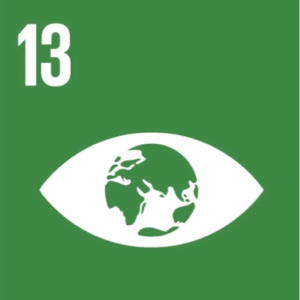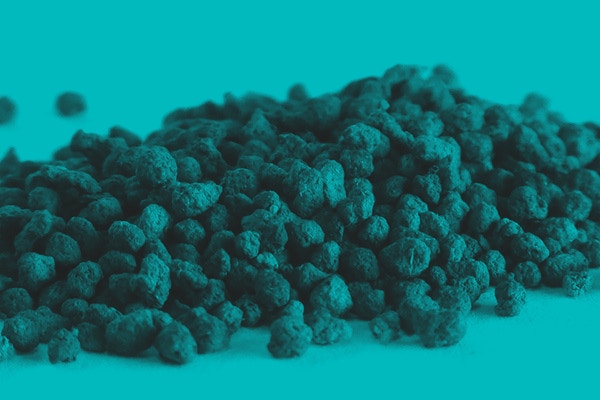Gold Standard is introducing a new activity module to the Soil Organic Carbon (SOC) Framework Methodology with the objective to calculate and monitor the climate impact of applying organic soil improvers from pulp and paper sludge.
This new SOC activity module targets European based pulp and paper manufacturing. Processing/recycling the mill sludge from industrial operations reduces waste and creates soil improvers that enhance soil organic matter in agriculture systems. By increasing the SOC content, physical properties of soil are improved and carbon dioxide is sequestered.
We are seeking your inputs on this new module, specifically on the following key features:
1. RELEVANT GHGs: CO2 and CH4.
2. SCOPE: This activity module is applicable to EU based project activities that use soil improvers produced by processing and/or recycling mill sludge from industrial operations in pulp and paper manufacturing to increase soil organic matter and soil organic carbon - improving soil physical properties without negatively impacting the soil health.
3. APPLICABILITY: Projects applying this activity module shall also comply with the applicability conditions of the SOC Framework Methodology and with applicable LUF Activity Requirements.
4. SOIL TYPE: Project Area(s) shall not be comprised of organic soils (Histosols) as defined by the World Reference Base for Soil Resources. Only mineral soil types are eligible.
5. CERTIFIED PROJECT AREA: Shall be limited to eligible areas, excluding riparian or other buffer zones located within such eligible areas, and excluding areas set aside for conservation in accordance with LUF Activity Requirements.
6. QUANTIFICATION APPROACH: This SOC activity module allows selection of any of the approaches to baseline and project activity quantification as described in the SOC Framework Methodology, but recommends approach 1 as preferred approach. Approach 2 may be applied providing sufficient justifications in line with the SOC framework methodology.
Approach 1: on-site, direct measurement of Baseline Scenario and Project Scenario SOC stocks and emissions reductions from the application of fertilizers and other soil improvers.
Approach 2: Peer-reviewed publications to quantify Baseline Scenario SOC stocks, other emissions reductions, and Project Scenario impact. Project developers shall demonstrate that the research results are conservative and applicable to the proposed Project Area and management practice.
7. OTHER IMPORTANT REQUIREMENTS: In cases where a cropping change between the Baseline Scenario and Project Scenario occurs, the impact on SOC stocks in the medium term (5 years) must be assessed.
8. RESEARCH: The activity modules refers to research conducted by the Natural Resources Institute Finland which found that 60% of the carbon is consumed by soil microbes and 40% of it is stored in soil for decades or even centuries. If these industrial residues aren’t used as soil improvers, they are typically incinerated by pulp and paper mills, especially in Europe. In the baseline scenario, no soil improvement fibers from industrial residues are used as soil improvers.


